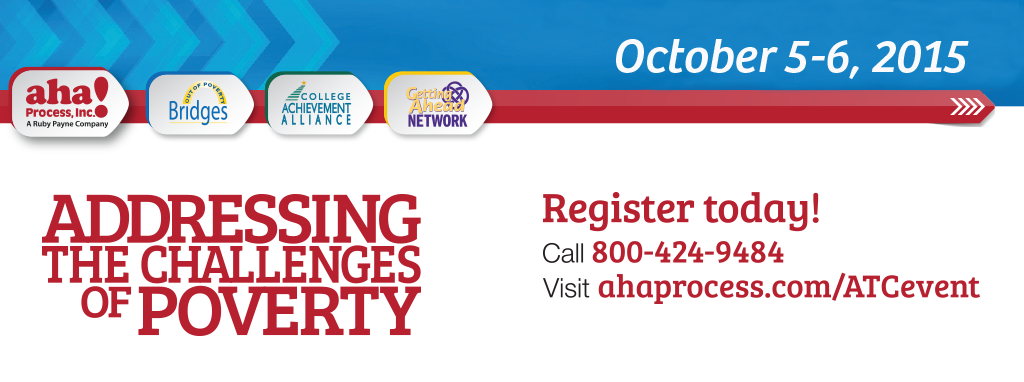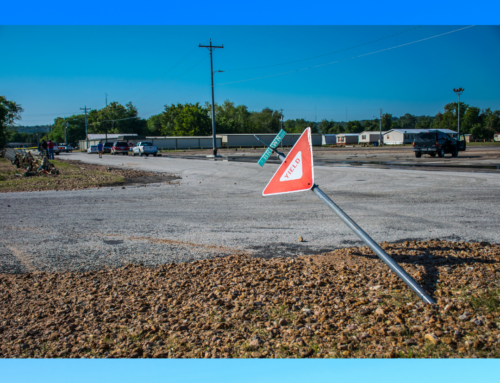By Jan Young, D.N.Sc., Executive Director, Assisi Foundation of Memphis, Inc., Memphis, TN
Bridges to Health and Healthcare, a new book being released in early 2014 by aha! Process, sheds light on the many hurdles people face in getting access to healthcare. In addition to outlining the current challenges, the book provides guidelines for helping our communities become healthier. Let’s look at one of the all-too-common scenarios examined in the book.
Joe has chronic sinus infections and has recently had frequent nosebleeds. He was once told he has a deviated nasal septum that likely could be corrected by surgery, but he has never had the resources to have the operation, so it continues to be a serious health problem. Joe needs to see a doctor, but he currently has no health insurance and has been told he’ll be fired if he misses any more work since he is on probation as a new employee at his company.
Instead of visiting a family doctor, Joe decides to go to the closest “Doc in the Box,” which closes at 6 p.m. He leaves right after his 9-to-5 shift and arrives at the clinic at 5:45 p.m., but is told it is too late to be seen and that he needs to come back the next day. Lacking insurance, he is told he should expect to pay $400 or more for a doctor visit, depending on what the doctor finds. Knowing he cannot afford $400 out of pocket, and not wanting to wait another day for treatment, Joe decides instead to go to the emergency room of a local hospital.
Joe arrives at the ER at 8 p.m. and is told at around 10 p.m. that he must continue to wait to see a doctor since he is not considered an “emergency” patient. Finally, at midnight—after several tests and an X-ray—he is given a prescription to treat his condition. He is told to see a primary care provider in 10 days for a follow-up appointment. Knowing he will not be able to miss work to keep that appointment, he nevertheless nods his head in agreement and goes home.
 The next day, Joe has what he thinks is an allergic reaction to the medication he was given so he stops taking it. Over the next couple of weeks his nosebleeds become more frequent and his sinus infection seems to get worse. Increasingly suffering from the untreated infection, he is admitted to the hospital.
The next day, Joe has what he thinks is an allergic reaction to the medication he was given so he stops taking it. Over the next couple of weeks his nosebleeds become more frequent and his sinus infection seems to get worse. Increasingly suffering from the untreated infection, he is admitted to the hospital.
This scenario is far from uncommon, and it raises a whole host of questions each of us should consider. How frequently do we see this chain of events happen? How do we treat the “Joes” in our communities? Was this an example of inappropriate ER use? Why, or why not? What could our institutions do to create a different result?
Solutions start with taking a few extra minutes to talk to a patient and understand his or her unique circumstances. These conversations can save hours of unnecessary wasted time, and might even prevent a hospitalization. Even taking an extra minute to review medications or make a follow-up call after a visit can help immeasurably.
Think about this: Veterinarians routinely contact pet owners to check on the progress of their patients after a clinic visit. Is it too much to expect that we should extend the same courtesy to human patients?
To pre-order a copy of Bridges to Health and Healthcare, visit our store here!








